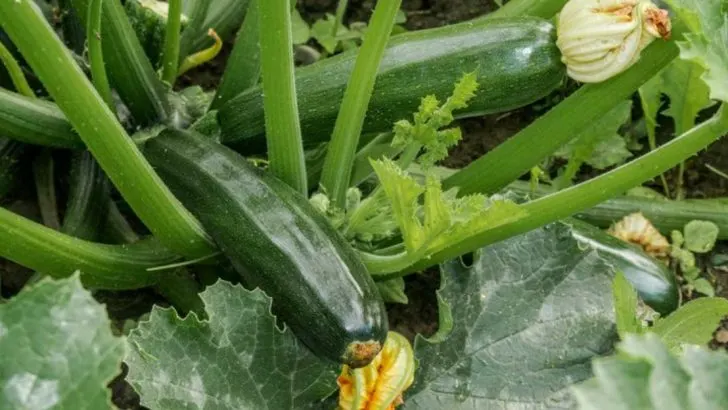Stop treating your veggie patch like a one-off show! Your summer garden deserves an encore—over and over again. Some veggies are marathon runners, ready for round after round of sowing. Others? They’re sprinters, one shot only, then they bow out. Think quick-maturing lettuces and radishes you can seed every few weeks. Imagine sweet corn that, once it’s in, you sit back and watch. Snap peas? They’ll keep climbing if you resow. Tomatoes? Plant once and feast until frost. We’ll show you 12 crops that beg for constant replanting— mix-and-match seasons of greens, roots, and pods. Then we’ll reveal 12 divas that demand a single debut— get them right the first time, or risk an empty bed. Ready to master the art of summer succession? Let’s turn your garden into a never-ending harvest party!
Lettuce
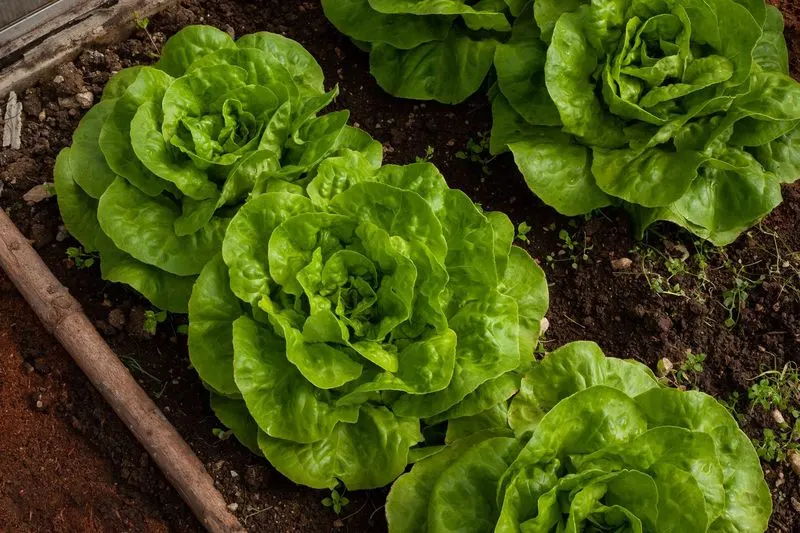
Lettuce is a garden favorite, thriving in cooler temperatures but manageable in summer with succession planting. Start by sowing seeds every two weeks to enjoy a steady supply. Its crisp texture and mild flavor make it versatile for salads and wraps.
Did you know? Lettuce was first cultivated by the ancient Egyptians. Opt for varieties like Butterhead or Romaine for best results. When planting, consider providing shade during intense heat to prevent bolting. Lettuce can be a delightful addition to any garden, offering both nutrition and satisfaction.
Radishes
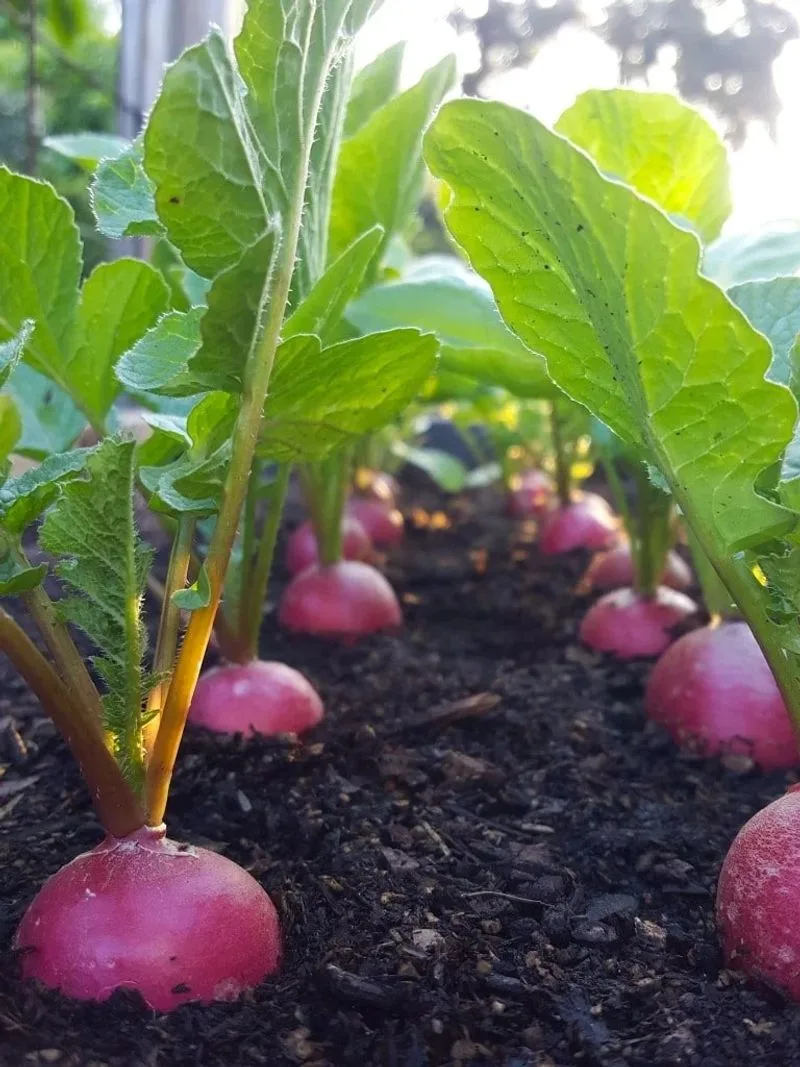
Radishes bring a peppery zest to dishes, and they’re quick to grow. Plant every other week for a continuous harvest throughout the summer. These root vegetables are perfect for impatient gardeners, maturing in as little as three weeks.
Radishes’ vibrant colors can add appeal to any plate. They’re rich in nutrients, offering a healthy crunch to your meals. For the best growth, ensure they receive full sunlight and consistent water. A fun fact: radishes were used as payment to Egyptian workers who built the pyramids.
Carrots
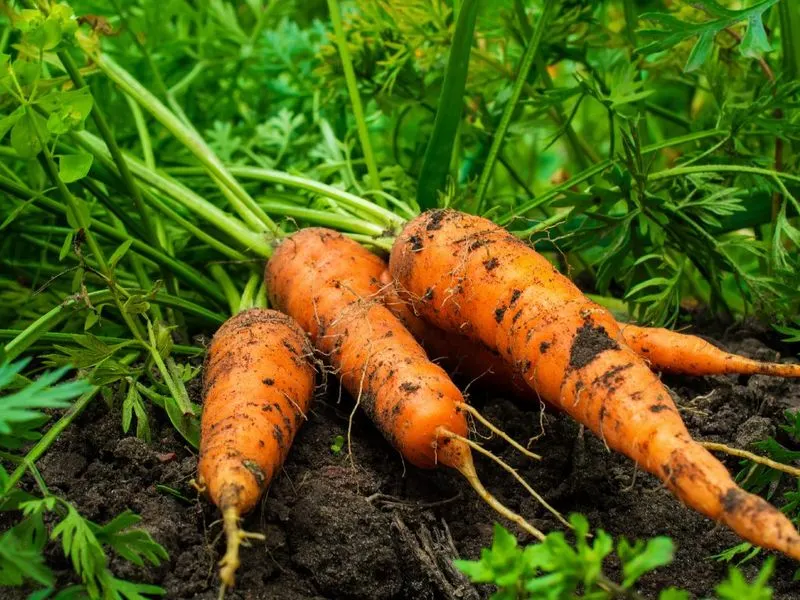
Sweet and crunchy, carrots are a summer garden staple. For a continuous supply, sow seeds every three weeks. Carrots love sandy, loose soil that allows their roots to grow unimpeded. If you’re looking for a crop with a rich history, carrots have been cultivated for over a thousand years.
Ensure consistent moisture to avoid splitting, and thin seedlings to prevent overcrowding. Whether eaten raw or cooked, their vibrant color and taste are always welcome. Interesting tidbit: carrots were originally purple, not orange.
Spinach
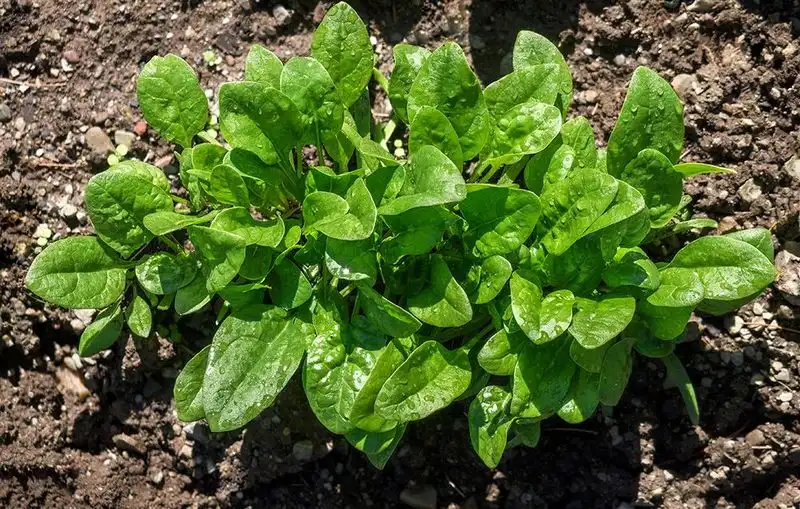
Spinach, known for its rich iron content, is a powerhouse vegetable that adapts well to succession planting. Sow every two weeks for fresh leaves throughout the summer. This leafy green prefers cooler temperatures, so consider shaded areas.
The tender leaves are perfect for salads, smoothies, and casseroles. Spinach has been esteemed since ancient Persia. Keep the soil moist and harvest young for the best flavor. Fun Fact: Spinach was Popeye’s secret to strength!
Beets

Beets are a versatile vegetable with earthy sweetness, perfect for salads and roasting. Plant seeds every three weeks for a continuous yield. They thrive in cooler weather but manage well in summer too.
Beets have a fascinating history, used as a medicinal plant in ancient Rome. Their vibrant color makes them a standout in any dish. Ensure they receive full sun and regular watering for optimal growth. Did you know? The sugar beet accounts for a large portion of the world’s sugar production.
Arugula
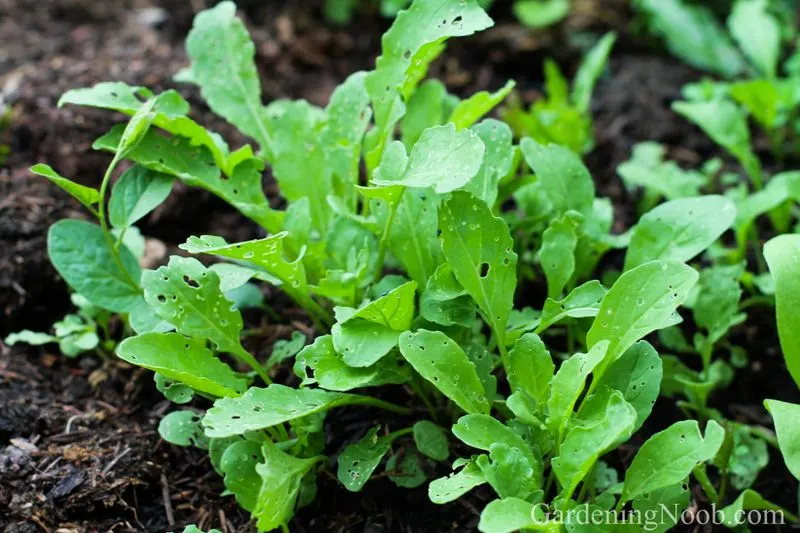
With a peppery kick, arugula adds excitement to salads and dishes. It’s ideal for succession planting; sow every two weeks for a continuous harvest. Arugula prefers cooler climates but can adapt to summer when shaded.
This leafy green is quick to mature, making it a favorite for impatient gardeners. Regular watering and well-draining soil will yield the best results. Notably, arugula has been enjoyed since Roman times, often referred to as the “rocket” due to its rapid growth.
Cilantro
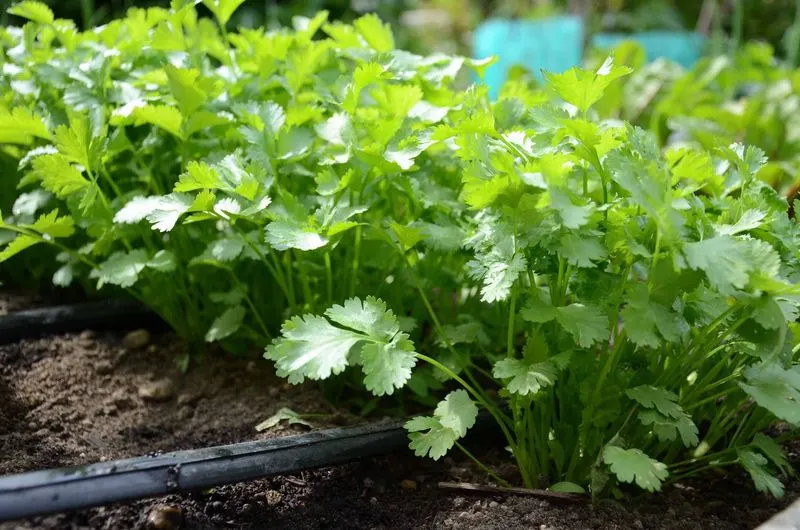
Cilantro is loved worldwide for its unique flavor, ideal for various cuisines. To enjoy it all summer, plant every three weeks. This herb can be a bit tricky, preferring cooler temperatures, so partial shade is beneficial.
Its delicate leaves and aromatic scent are perfect for garnishing and seasoning. Interestingly, cilantro is also known as coriander, and its seeds are a different spice altogether. For the best flavor, harvest regularly and ensure consistent moisture.
Swiss Chard
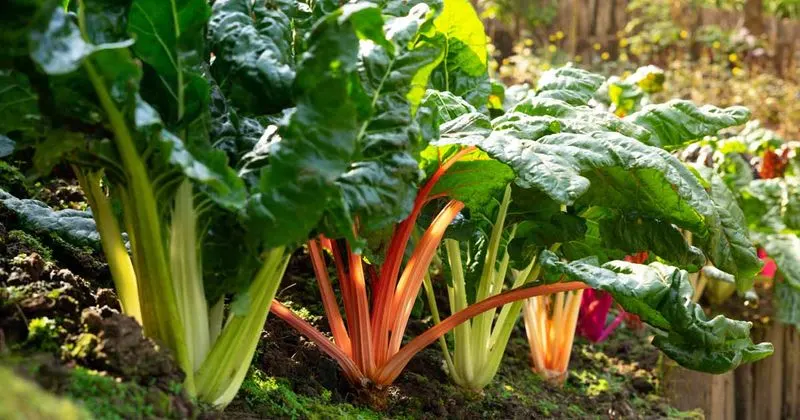
With its vibrant stalks and rich foliage, Swiss chard is a gardener’s delight. It can be planted every two weeks for a continuous supply. Chard is both ornamental and nutritious, providing a colorful addition to your garden.
It’s incredibly adaptable, thriving in various conditions. The leaves can be sautéed or used fresh in salads. Swiss chard has been cultivated since the time of Aristotle. For best results, ensure regular watering and full sunlight.
Kale
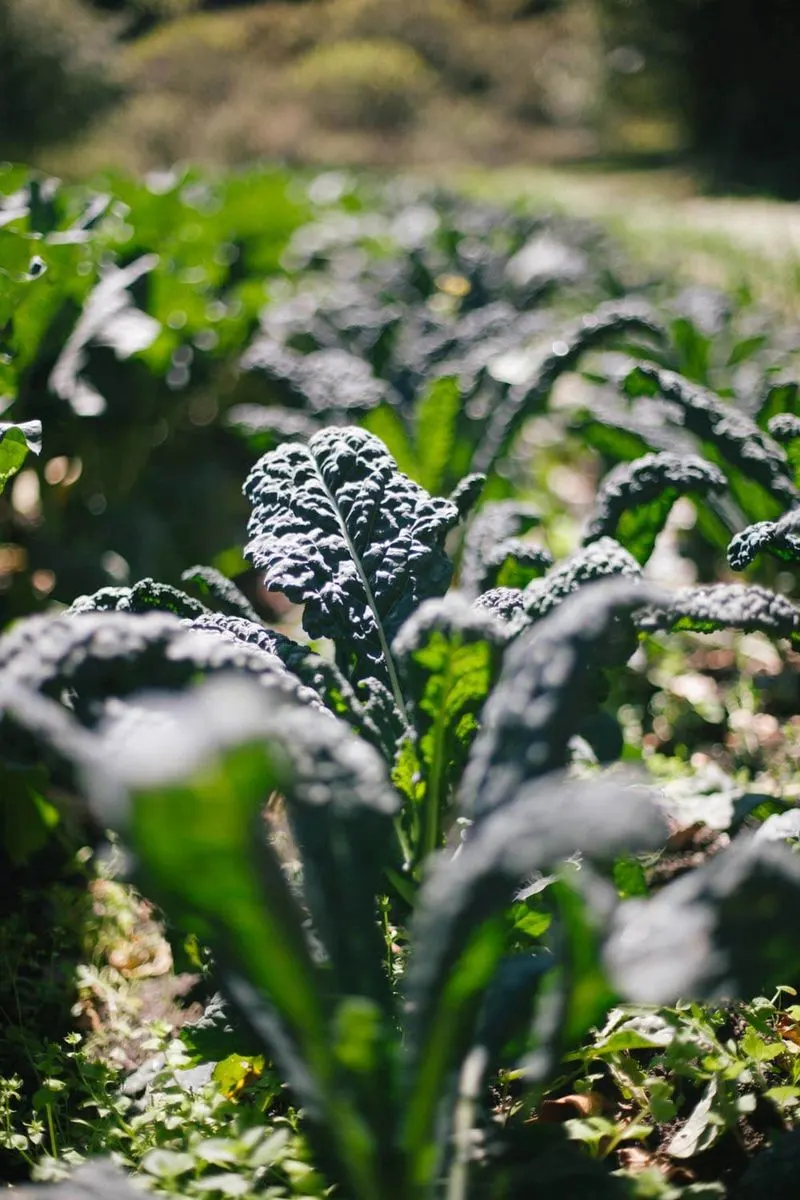
Kale, a superfood known for its health benefits, is great for succession planting. Sow seeds every three weeks to enjoy fresh harvests all summer. This leafy green prefers cooler temperatures and can be quite hardy.
Kale’s robust texture makes it perfect for smoothies and soups. Historically, it was a staple in medieval Europe. To maintain its tenderness, provide shade during peak heat. Fun fact: kale was once considered “peasant food” due to its ease of growth.
Pak Choi
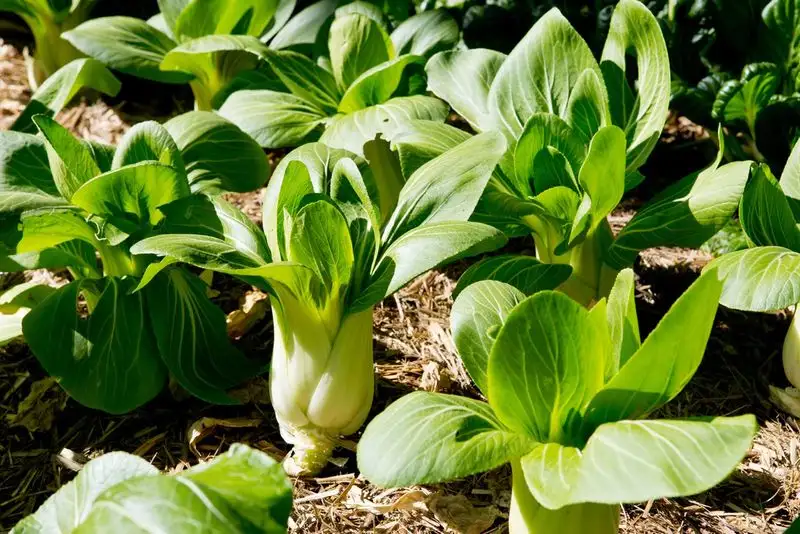
Pak Choi, also known as Bok Choy, is a staple in Asian cuisine with its crunchy stalks and tender leaves. For a continuous harvest, plant every two weeks. This vegetable prefers partial shade and consistent moisture.
It’s ideal for stir-fries and soups, providing a delightful texture and flavor. Did you know? Pak Choi has been cultivated in China for over 1,500 years. Ensure well-drained soil and regular watering for the best yield.
Basil
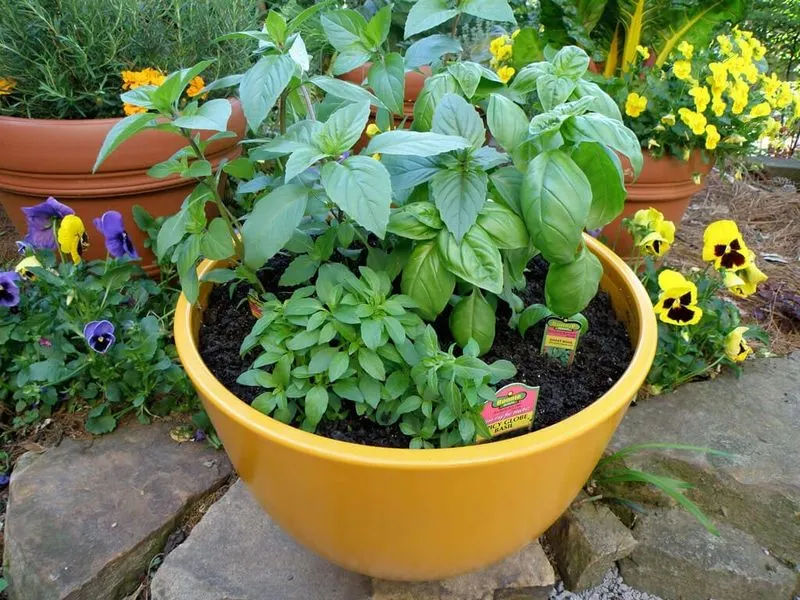
Basil’s aromatic leaves are a summer favorite, perfect for succession planting every two weeks. This herb thrives in warm weather and full sunlight, offering fresh flavor to dishes like pesto and salads.
Historically, basil has been revered, with its origins traced back to India. Frequent harvesting encourages bushy growth, while proper drainage prevents root rot. Fun fact: basil is considered a symbol of love in Italy, making it a romantic addition to any garden.
Zucchini
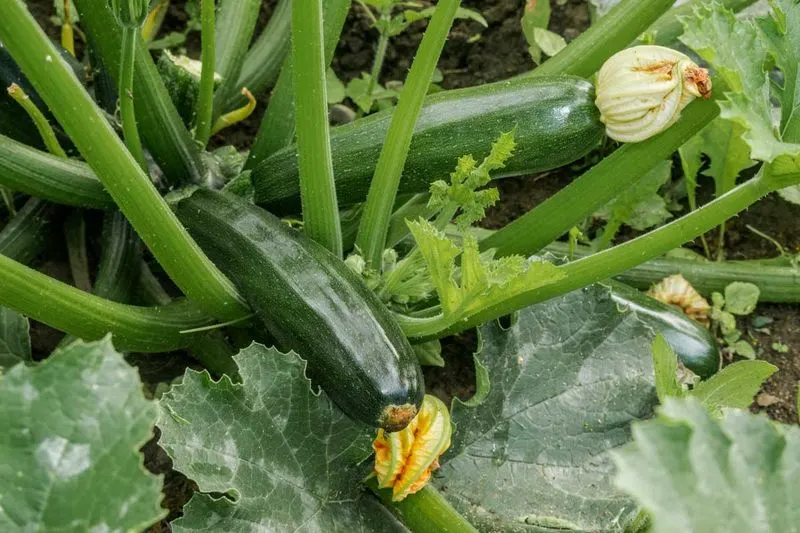
Zucchini is a prolific summer squash that grows rapidly and abundantly. Planting once is often sufficient due to its high yield. This vegetable thrives in full sun and well-drained soil.
Zucchini’s versatility makes it perfect for grilling, baking, and stir-fries. It’s a staple in many cuisines, often celebrated for its mild flavor and tender texture. Known for its origins in Central America, zucchini has been cherished for centuries. Ensure regular watering to support its vigorous growth.
Corn
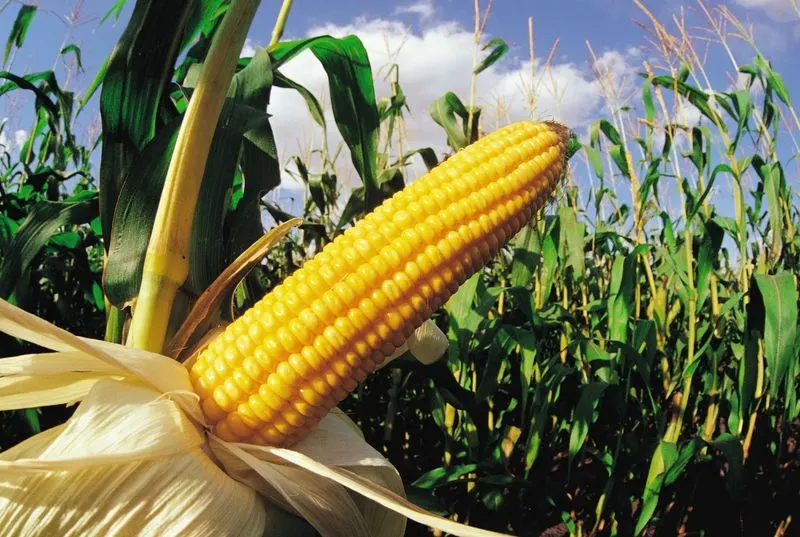
Corn is a quintessential summer crop, planted once for a bountiful harvest. It requires ample space and full sunlight to thrive. Known for its sweetness and versatility, corn is enjoyed grilled, boiled, or popped.
Historically, corn was a vital staple for Native American cultures. When planting, consider wind patterns for successful pollination. Corn’s towering presence adds a dramatic flair to any garden. Did you know? Corn is grown on every continent except Antarctica.
Tomatoes
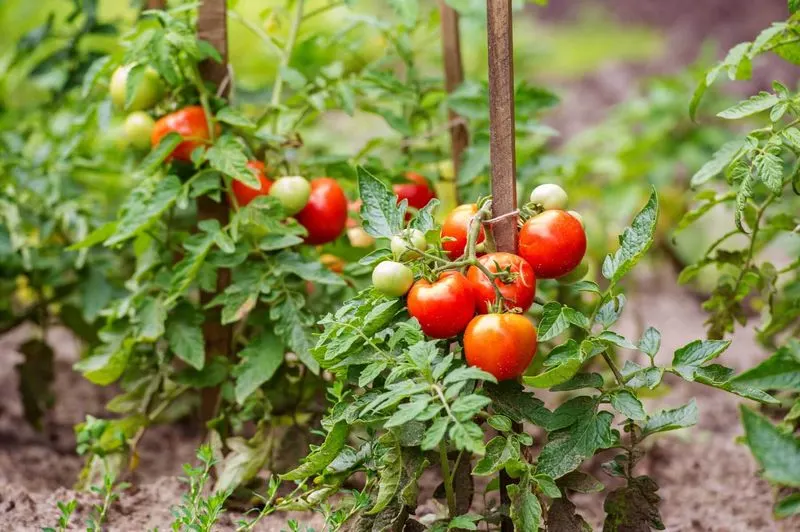
Tomatoes are a garden favorite, planted once for a season-long yield. They flourish in sunny spots with well-drained soil. Known for their juicy texture, tomatoes enhance salads, sauces, and sandwiches.
Originating in South America, tomatoes were once considered poisonous in Europe. Support with stakes or cages to prevent sprawling and encourage air circulation. Fun fact: tomatoes are botanically a fruit, though often treated as a vegetable.
Pumpkins
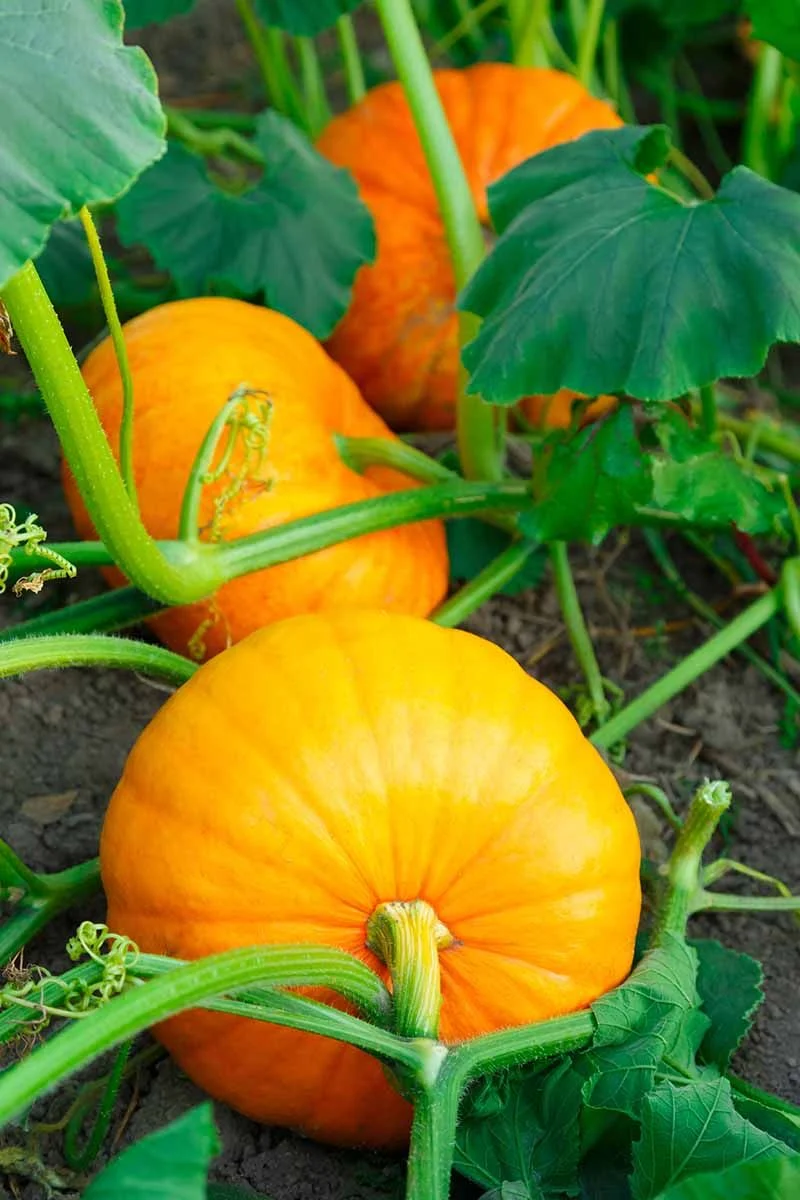
Pumpkins, synonymous with autumn, are planted once in summer for a fall harvest. These sprawling vines require ample space and full sunlight.
Traditionally used for pies and decorations, pumpkins have a rich history dating back thousands of years. Ensure consistent watering for plump, healthy fruits. Did you know? The largest pumpkin ever grown weighed over 2,600 pounds! This giant vegetable is a highlight of any garden.
Cabbage
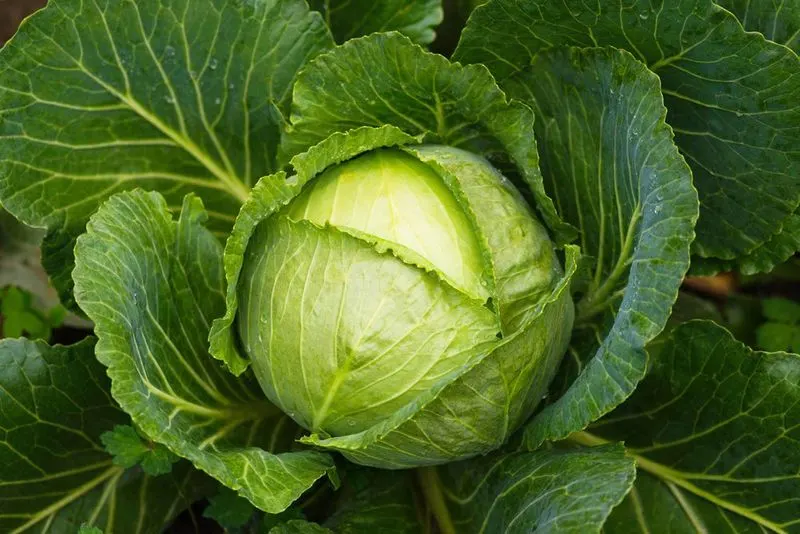
Cabbage is a hardy vegetable planted once for a robust summer yield. It thrives in cooler temperatures and well-fertilized soil, providing crisp leaves for salads and slaws.
Cabbage has been cultivated for centuries, favored in both European and Asian cuisines. Ensure regular watering and pest control for healthy growth. This leafy vegetable is known for its vitamin-rich content and versatility. Fun fact: sauerkraut is a fermented dish made from cabbage!
Eggplants
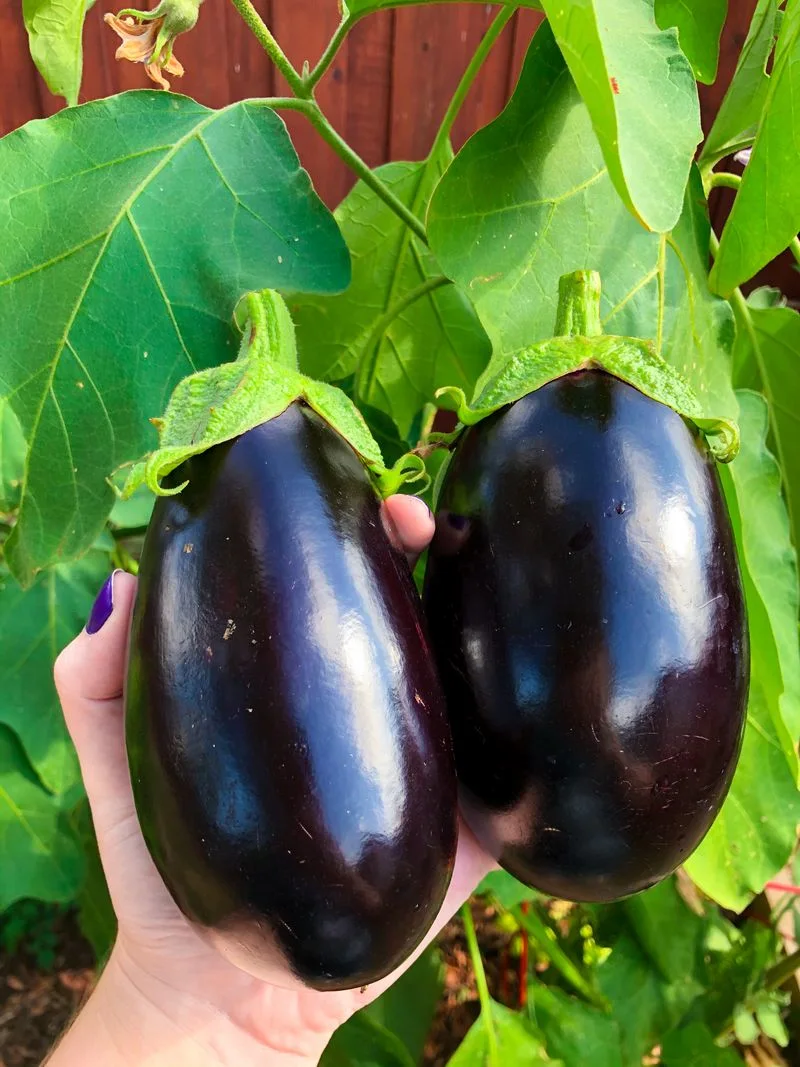
Eggplants, or aubergines, are planted once in summer for a generous harvest. They thrive in sunny locations with rich soil. Known for their smooth texture and mild flavor, eggplants star in dishes like ratatouille.
Originating from India, these vegetables have been cultivated for thousands of years. Stake plants to support their weight and ensure consistent watering for best results. Eggplants are renowned for their vibrant purple hue and nutritional benefits.
Peppers
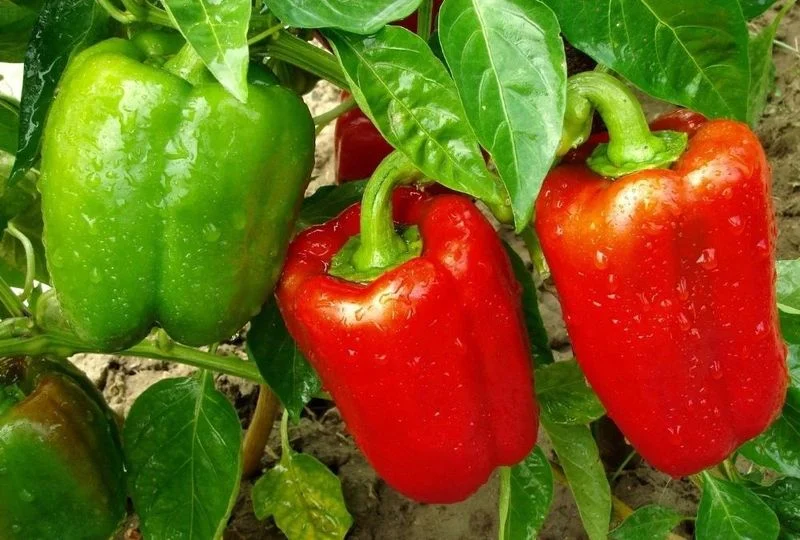
Peppers are vibrant summer vegetables planted once for a season-long supply. They flourish in warm, sunny conditions and well-drained soil. With varieties ranging from sweet bell peppers to fiery chilies, they add color and flavor to dishes.
Originating from Central and South America, peppers are a staple in many cuisines. Regular watering and proper support help in maximizing yield. Did you know? The spiciness of peppers is measured in Scoville Heat Units (SHU).
Cucumbers
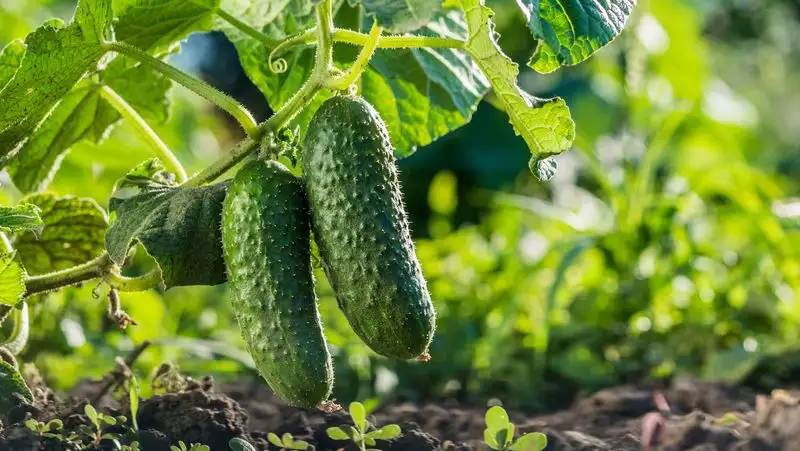
Cucumbers, with their refreshing crunch, are planted once in summer for a plentiful harvest. They thrive in full sun and moist, well-drained soil.
Cucumbers are perfect for fresh salads and pickling, boasting a delicate, watery texture. Originating from South Asia, they’ve been cultivated for over 3,000 years. Regular watering and vertical training can maximize space and yield. Fun fact: cucumbers are made up of about 95% water!
Melons
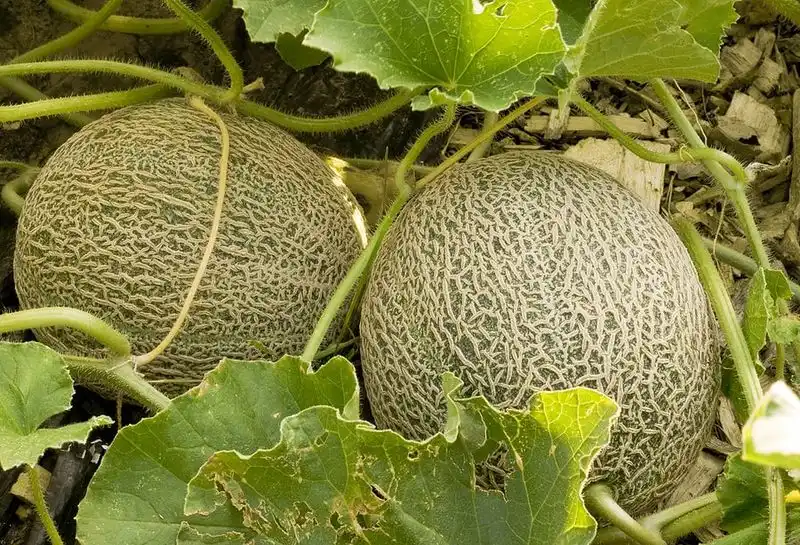
Melons, sweet and succulent, are planted once in summer for a delightful harvest. These fruits need warm temperatures and plenty of space to flourish. Known for their juicy texture, they are perfect for refreshing summer snacks.
Originating from Africa, melons have been cherished for their sweetness and hydration properties. Ensure consistent watering and full sunlight for optimal growth. Did you know? The cantaloupe is named after Cantalupo, Italy, where it was first cultivated in Europe.
Cauliflower
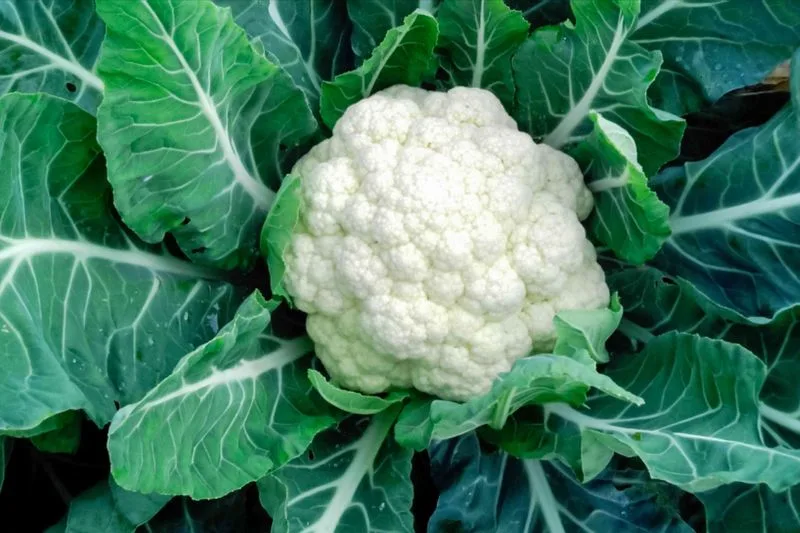
Cauliflower, with its mild flavor and versatile use, is planted once for a summer yield. It thrives in cooler temperatures and well-fertilized soil.
This cruciferous vegetable has been cultivated since the 6th century BC. Cauliflower is celebrated for its nutritional value, offering fiber and vitamins. Ensure regular watering and pest control for healthy growth. A fun fact: cauliflower can be purple, green, or orange, not just white!
Broccoli
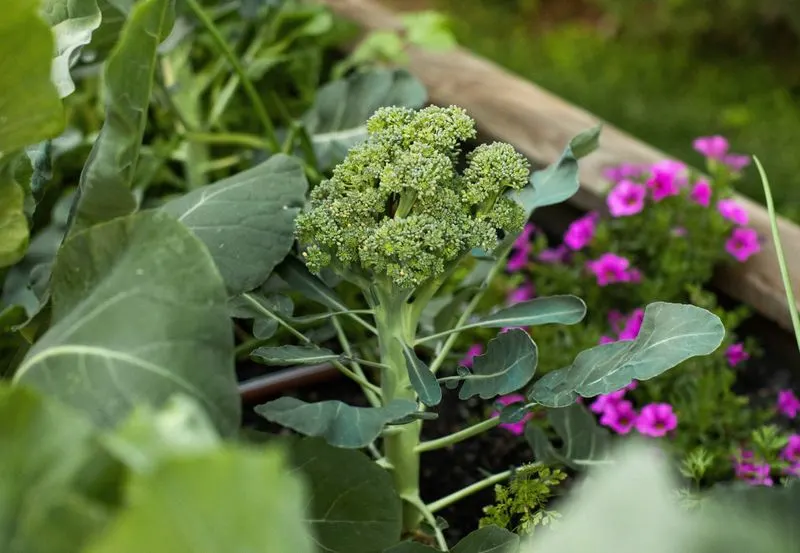
Broccoli is a nutritious vegetable planted once for a season-long harvest. It thrives in cooler temperatures and nutrient-rich soil, delivering tender florets for dishes.
Originating from Italy, broccoli has been enjoyed since Roman times. Regular watering and pest management ensure robust growth. Known for its health benefits, broccoli is a staple in diets worldwide. Did you know? The word “broccoli” comes from the Italian “broccolo,” meaning “the flowering crest of a cabbage.”
Green Beans
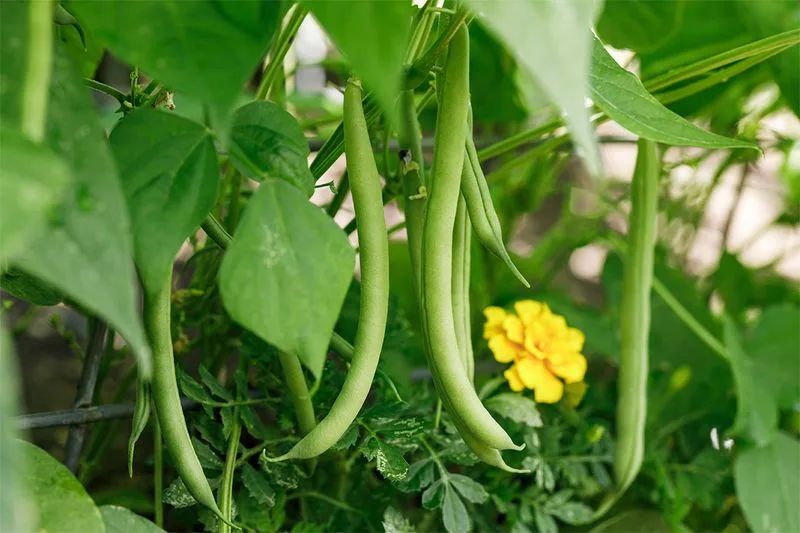
Green beans are a gardener’s delight, offering continuous yields with proper planning. Start by planting seeds as soon as the last frost passes. During the warm months, sow every two weeks to enjoy fresh beans throughout summer. Their quick growth cycle and adaptability make them perfect for succession planting.
Each new batch ensures a steady supply and prevents overwhelming harvests. Known for their crisp texture and delicious flavor, green beans are a summer staple.
Fun fact: Green beans, also known as snap beans, have been cultivated for thousands of years, tracing their origins back to ancient Central and South America.
Turnips
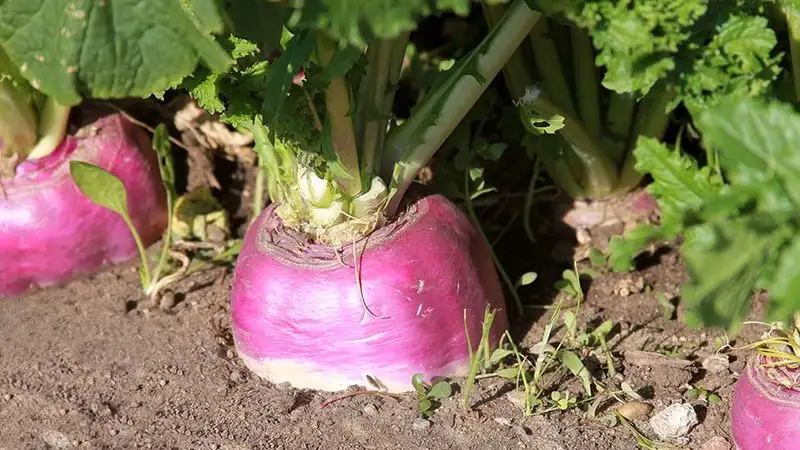
Turnips are an underrated gem in the world of gardening. They thrive in cool weather, making them ideal for early summer planting. With their fast maturity rate, you can plant them multiple times, ensuring a continuous harvest until the peak of summer.
Their subtly sweet flavor pairs wonderfully in salads and stews. Each planting cycle refreshes the garden with new growth, preventing soil exhaustion.
Did you know? Turnips were a staple food in ancient Roman and Greek diets, valued not only for their nourishment but also for their versatility in cooking.

